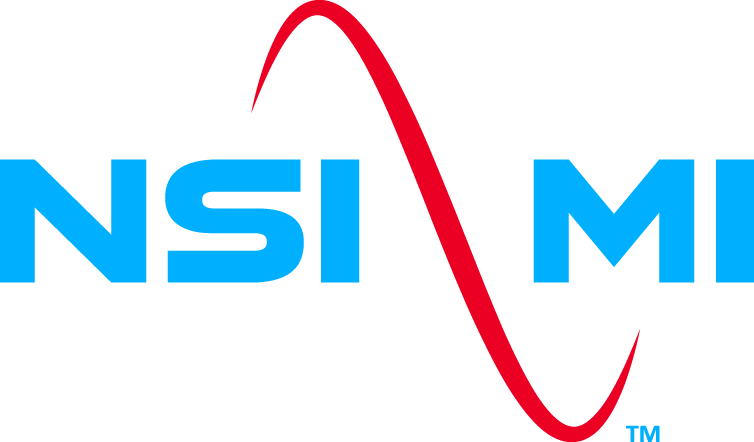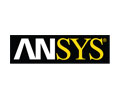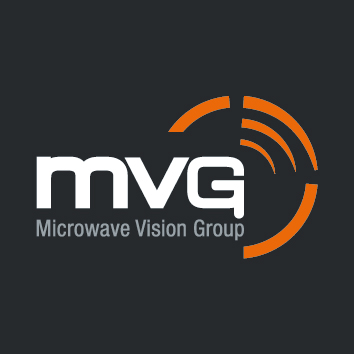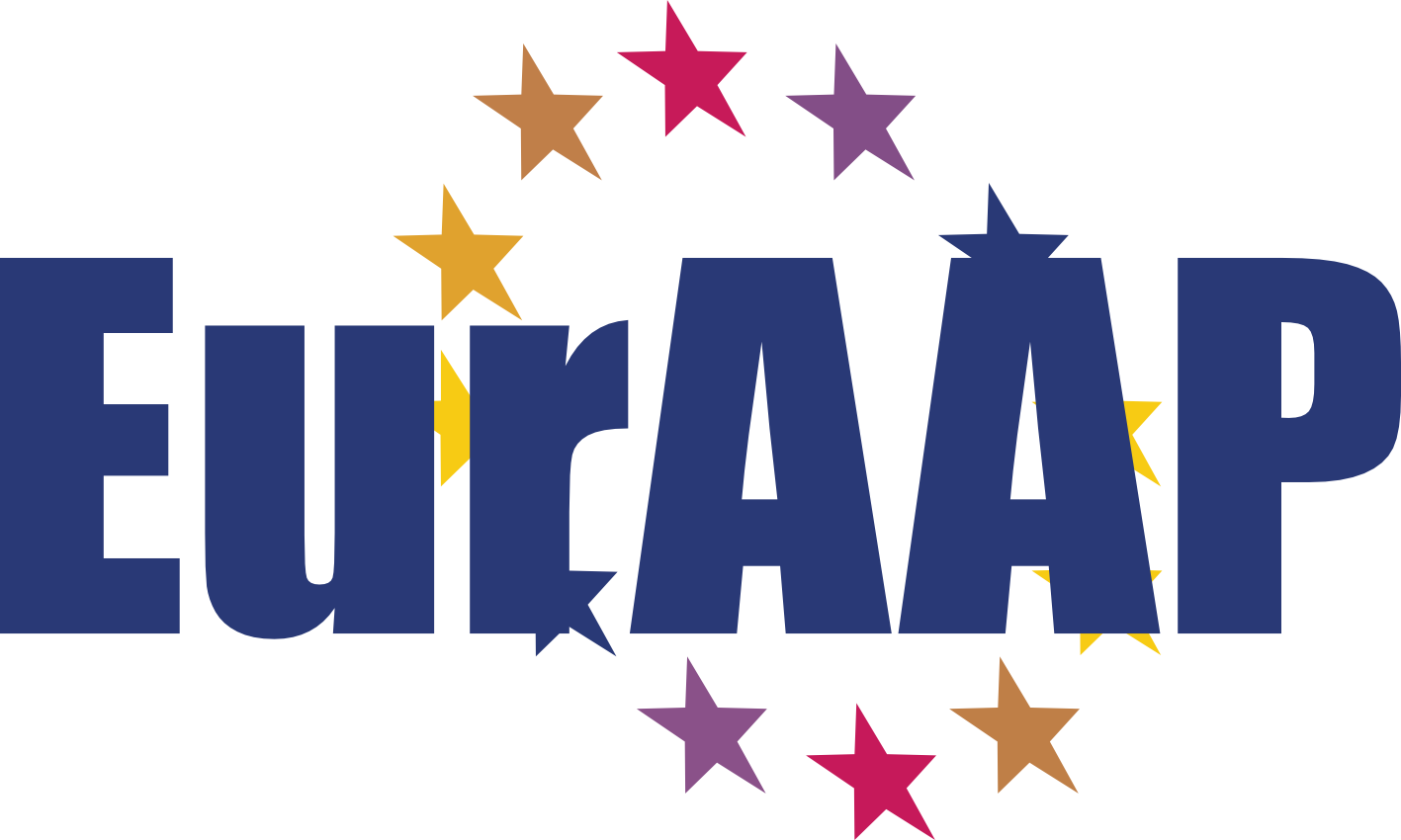Prof Naoki Shinohara, University of Kyoto
RF-DC Conversion Efficiency of a Rectenna - rectifying antenna
Biography
 Naoki Shinohara received the BE degree in electronic engineering, the ME and PhD (Eng) degrees in electrical engineering from Kyoto University, Japan, in 1991, 1993 and 1996, respectively. He was a research associate in Kyoto University from 1996. From 2010, he has been a professor in Kyoto University. He has been engaged in research on Solar Power Station/Satellite and Microwave Power Transmission system.
Naoki Shinohara received the BE degree in electronic engineering, the ME and PhD (Eng) degrees in electrical engineering from Kyoto University, Japan, in 1991, 1993 and 1996, respectively. He was a research associate in Kyoto University from 1996. From 2010, he has been a professor in Kyoto University. He has been engaged in research on Solar Power Station/Satellite and Microwave Power Transmission system.
He is IEEE MTT-S Technical Committee 26 vice chair, IEEE MTT-S Distinguish Microwave Lecturer, URSI commission D vice chair, Wireless Power Transfer Consortium for Practical Applications (WiPoT) chair, and Wireless Power Management Consortium (WPMc) chair.
Synopsis
A rectifying antenna (rectenna) can be used for wireless power transfer (WPT) through radio waves and for energy harvesting from ambient radio waves. A rectenna is composed of an antenna and a rectifier with a diode. Microwaves are often used as a carrier of wireless power, which is called microwave power transfer (MPT).
The RF-DC conversion efficiency of a rectenna is one of the most important characteristics of a MPT system or an energy harvesting system. The antenna and the rectifier are usually developed individually and combined at the end. However, the RF-DC conversion efficiency can be increased via combining the antenna and the rectifier.
In this study, some approaches to increase the RF-DC conversion efficiency of a rectenna in consideration of combination of the antenna and the rectifier are explained.








